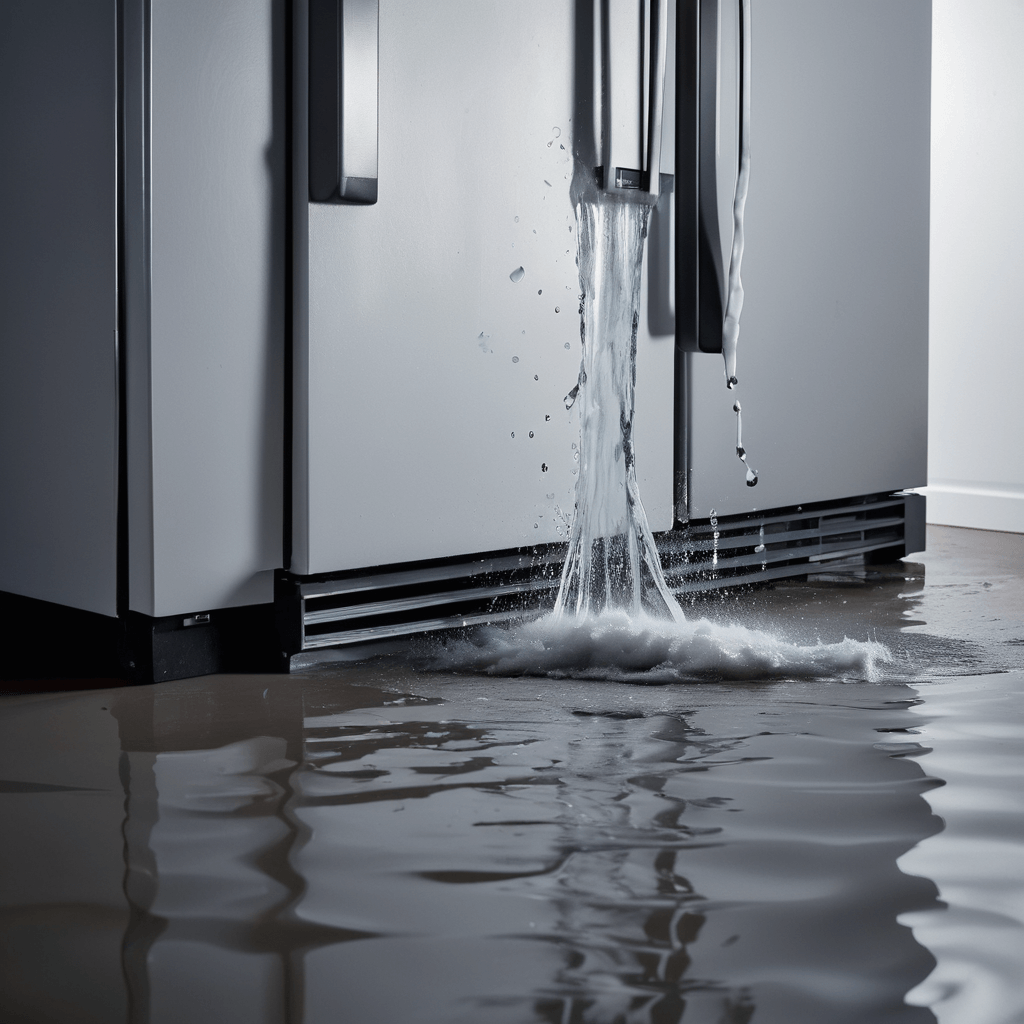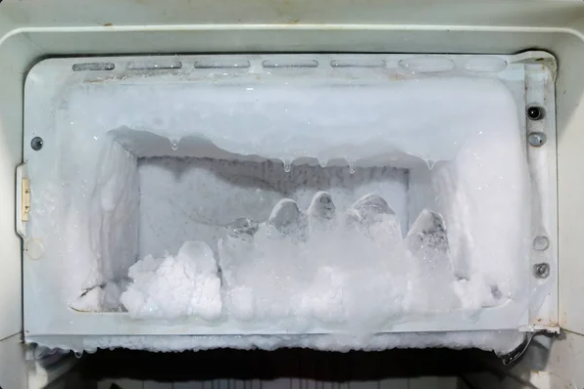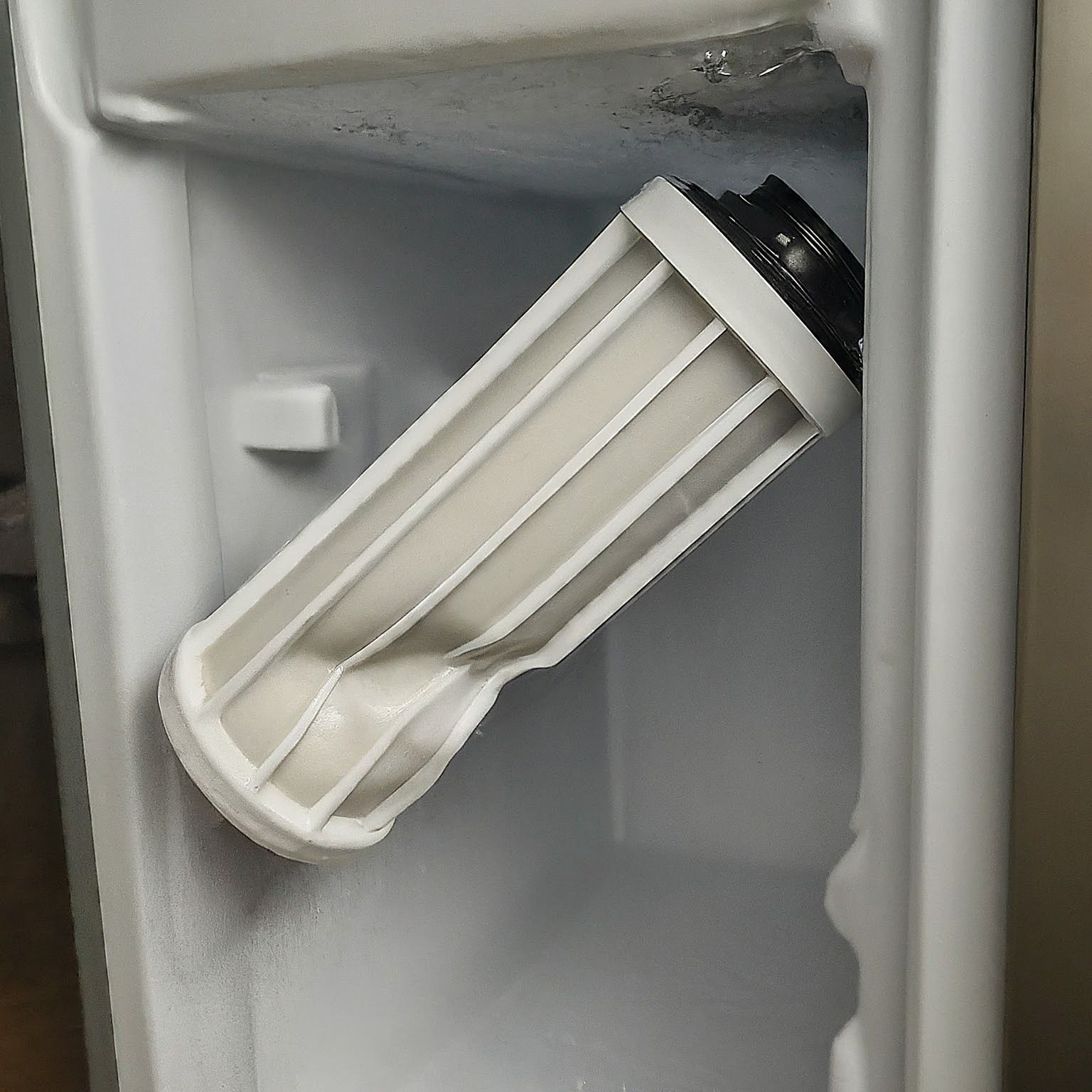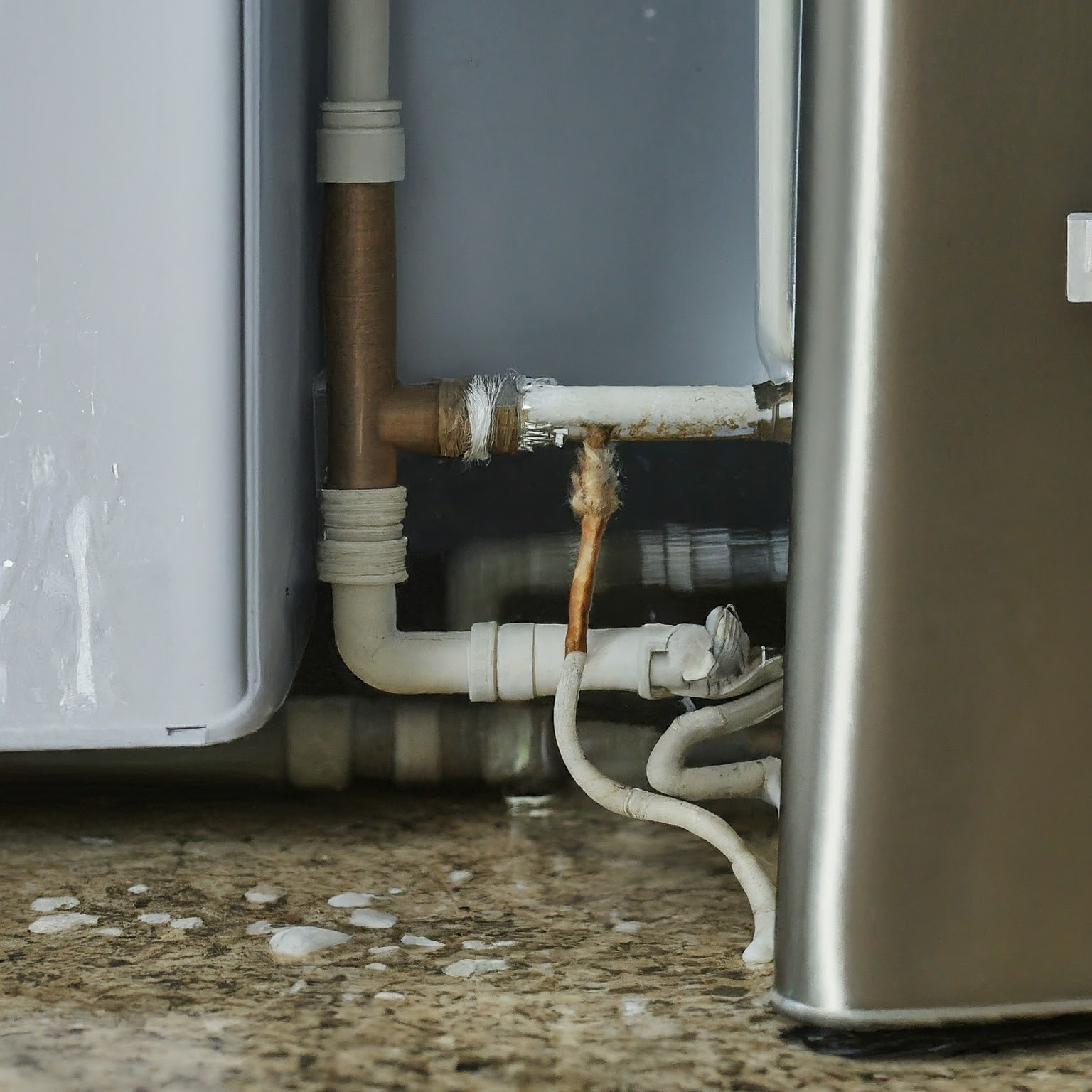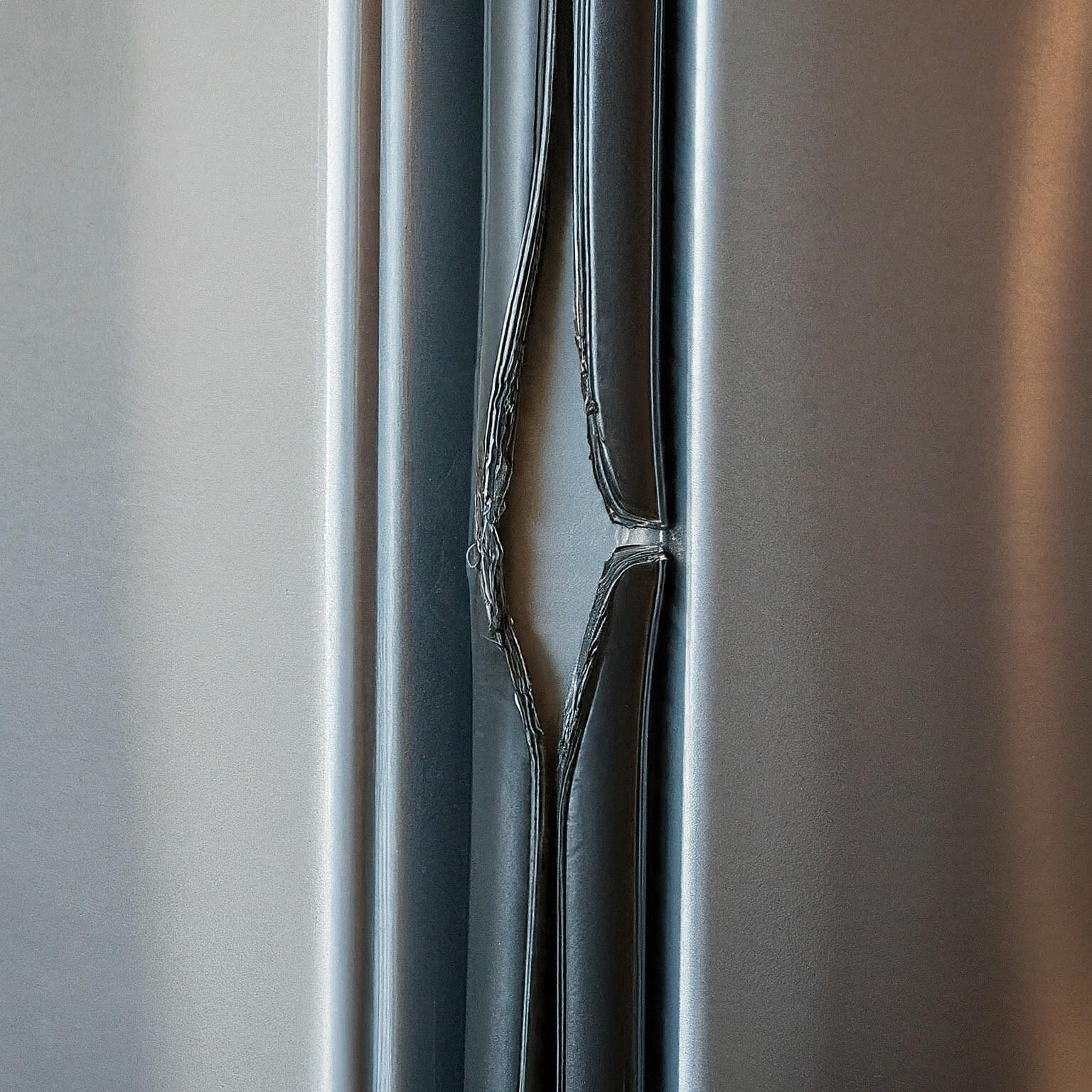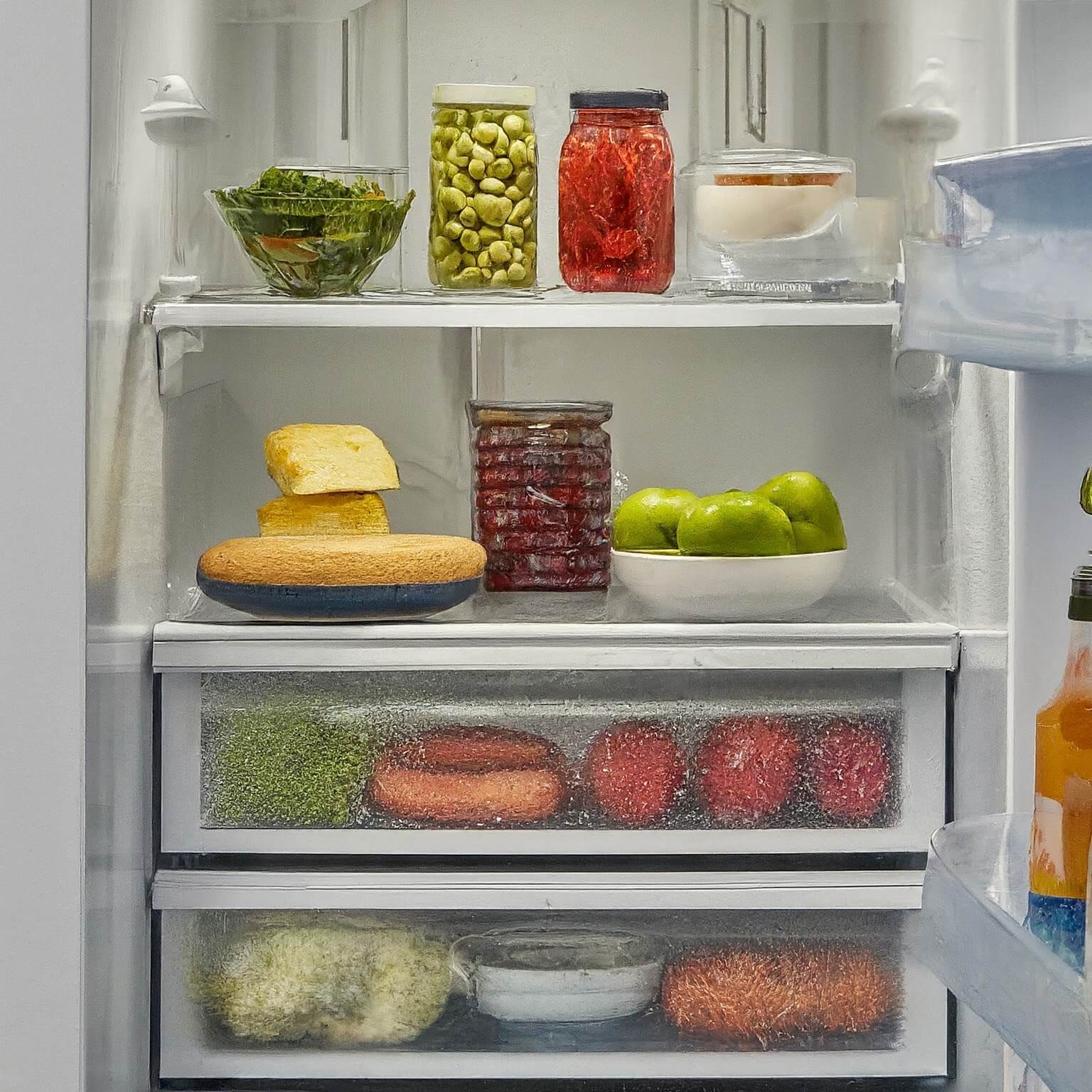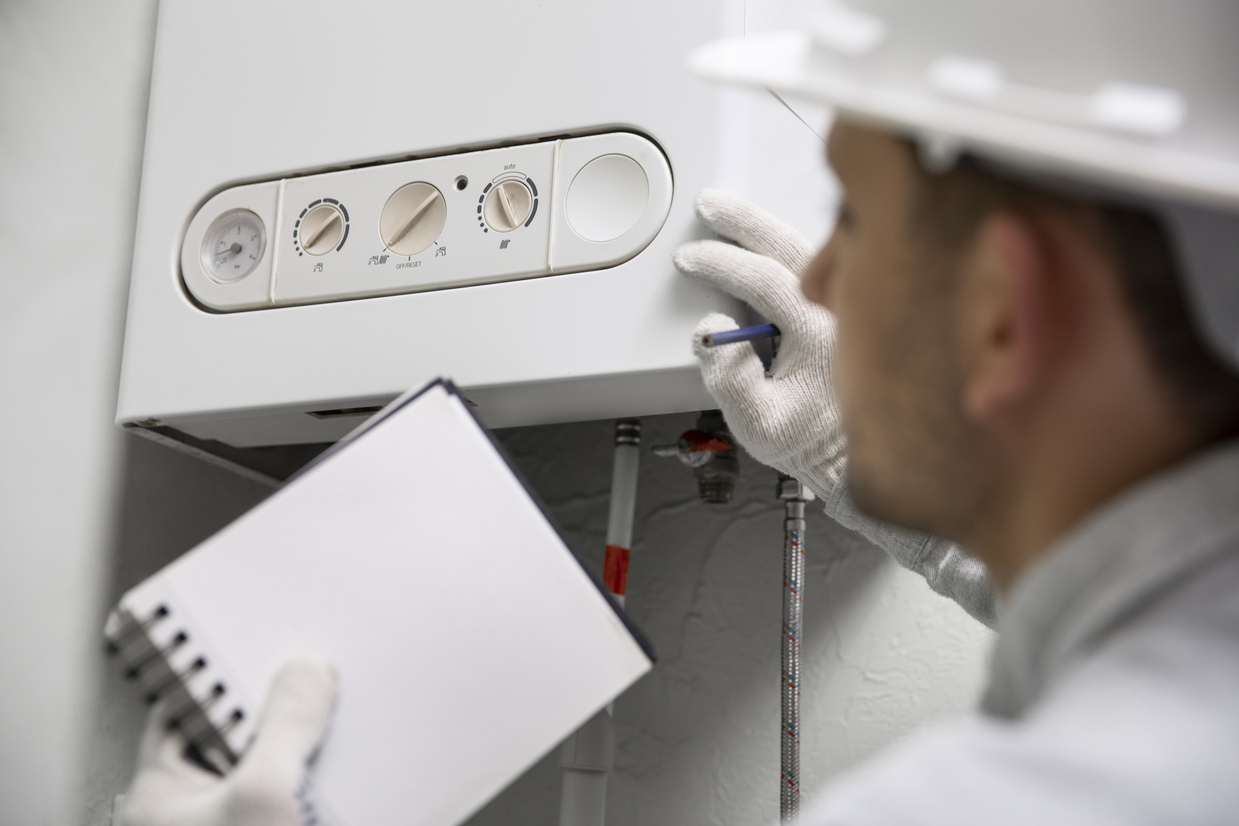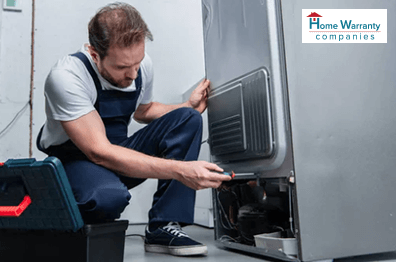Solved – Why Is My Refrigerator Leaking Water & How To Fix It?
A leaking refrigerator can damage floors and walls, promoting mold growth and compromising structural integrity. It can also create a breeding ground for bacteria, risking food safety. Furthermore, leaks strain the compressor, increasing energy usage and reducing efficiency. Addressing leaks promptly is essential to maintain a healthy, functional, and energy-efficient appliance.
Understanding Common Causes of Refrigerator Leaks & DIY Solutions
By identifying the causes and implementing DIY solutions, you can effectively address refrigerator leaks and maintain the efficiency and functionality of your appliance. Some of the common causes include-
- Clogged or frozen defrost drain
- Damaged or loose water supply line
- Cracked or damaged water filter
- Improperly sealed or damaged door gasket
- Excessive condensation buildup
Let’s look at how these issues cause refrigerator leaks, along with DIY solutions and how to spot the problems:
1. Clogged Or Frozen Defrost Drain
Causes
- Accumulation of debris or ice obstructing the defrost drain’s passage.
- Improper drainage due to a malfunctioning defrost heater or thermostat.
Spotting The Problem
- Water pooling at the bottom of the refrigerator or under the crisper drawers.
- Visible ice buildup in the freezer compartment.
DIY Solutions
- Thaw the ice using hot water or a hairdryer, then clear the drain with a mixture of hot water and mild detergent.
- Regularly clean the drain to prevent future clogs, and ensure the defrost heater and thermostat are functioning correctly.
2. Damaged or Loose Water Supply Line
Causes
- Wear and tear over time, leading to cracks or breaks in the water supply line.
- Loose connections between the water supply line and the refrigerator’s water inlet valve.
Spotting The Problem
- Dripping or leaking water around the refrigerator.
- Puddles of water form beneath or behind the refrigerator.
DIY Solutions
- Inspect the water supply line for any visible damage and replace it if necessary.
- Tighten or replace any loose or damaged connections to the water inlet valve to prevent leaks.
3. Cracked or Damaged Water Filter
Causes
- Wear and tear on the water filter, leading to cracks or damage.
- Incorrect installation or improper seating of the water filter.
Spotting The Problem
- Water leaks from the filter compartment or dispenser area.
- Decreased water flow or unusual taste in water and ice.
DIY Solutions
- Inspect the water filter for any signs of cracks or damage and replace it if needed.
- Ensure proper water filter installation according to the manufacturer’s instructions to prevent leaks.
4. Improperly Sealed or Damaged Door Gasket
Causes
- Wear and tear on the door gasket, leading to cracks, tears, or warping.
- Improper cleaning or maintenance of the door gasket, allowing debris or mold to compromise the seal.
Spotting The Problem
- Visual inspection of the door gasket for signs of damage or wear.
- Feeling warm air or moisture escaping from the refrigerator door when closed.
DIY Solutions
- Clean the door gasket regularly with mild detergent and warm water to remove any debris or mold.
- Replace the door gasket if it shows signs of damage or wear to ensure a proper seal and prevent leaks.
5. Excessive Condensation Buildup
Causes
- High humidity levels in the surrounding environment.
- Improper temperature settings or frequent door openings lead to condensation inside the refrigerator.
Spotting The Problem
- Excessive moisture or water droplets on shelves, walls, or food items inside the refrigerator.
- Mold or mildew growth in the refrigerator compartments.
DIY Solutions
- Adjust the refrigerator’s temperature settings to optimize humidity levels and minimize condensation.
- Limit the frequency and duration of door openings, and ensure the door seals properly to prevent warm air infiltration and condensation buildup.
Preventative Maintenance Tips To Avoid Refrigerator Leaking Water
Preventative measures can help avoid the inconvenience and potential damage caused by refrigerator leaks.
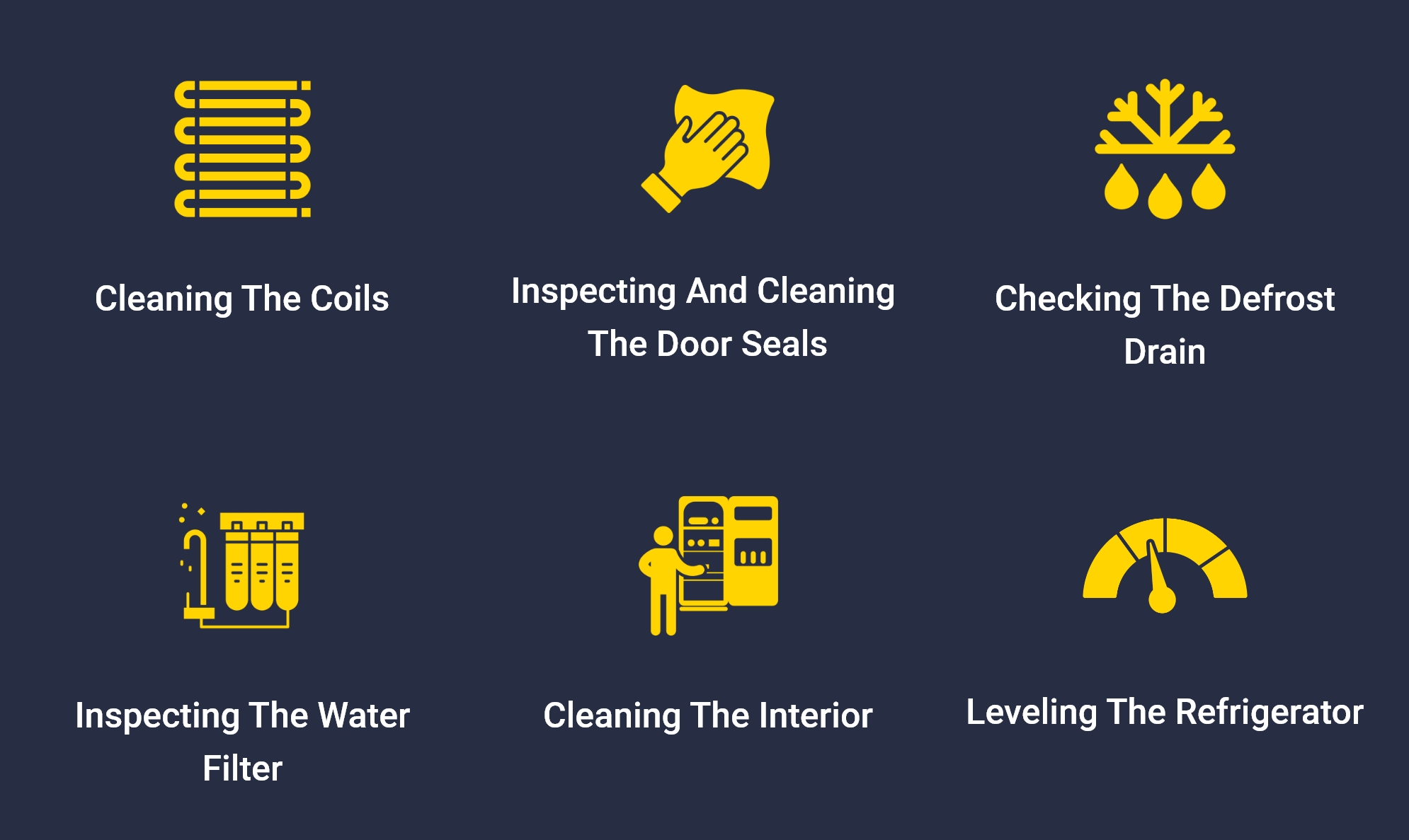
Here are some simple yet effective tips to keep your refrigerator functioning smoothly:
1. Cleaning The Coils
The condensing coils are located at the back or underneath the refrigerator. Over time, these coils can accumulate dust and debris, reducing the refrigerator’s efficiency. Use a vacuum cleaner with a brush attachment or a coil brush to remove the dirt and dust from the coils. This should be done at least twice a year or more frequently if you live in a dusty environment.
2. Inspecting And Cleaning The Door Seals
The door seals create an airtight seal when the refrigerator door is closed. Inspect the seals regularly for any signs of wear, tearing, or looseness. Wipe the seals with a clean, damp cloth to remove any dirt or debris that may prevent them from sealing properly. This activity should be done monthly.
3. Checking The Defrost Drain
The defrost drain drains water from the freezer during the defrost cycle. If it becomes clogged, it can lead to water leaks. Check the drain regularly for any blockages and clear them using a pipe cleaner or a mixture of hot water and vinegar. Homeowners must ensure to check the defrost drain once in a few months.
4. Inspecting The Water Filter
If your refrigerator has a water filter for the ice maker or water dispenser, it must be replaced regularly according to the manufacturer’s recommendations. This is typically every six months but can vary depending on usage and water quality.
5. Cleaning The Interior
Remove all food items regularly from the refrigerator and clean the interior with mild detergent and warm water. Pay special attention to spills and stains, which can harbor bacteria and cause odors. Additionally, remove and wash any removable shelves and drawers. This should be done monthly.
6. Leveling The Refrigerator
Ensure that your refrigerator is level using a bubble level. If it’s not level, adjust the leveling feet or wheels until it is. A tilted refrigerator can cause water to accumulate and leak. Check the level of the refrigerator annually or whenever you notice it’s not sitting level.
By performing these maintenance tasks regularly, you can keep your refrigerator running efficiently and prevent water leaks and other issues.
Home Warranty Solutions To Stop The Refrigerator Leak
Home warranty solutions offer peace of mind and financial protection against unexpected refrigerator leaks. Here are some key features and benefits to consider when selecting a home warranty plan:
- Comprehensive Coverage: Ensure your home warranty plan includes coverage for refrigerator leaks to avoid unexpected repair costs.
- Professional Inspection: Schedule regular inspections by certified technicians to identify and address potential leak sources.
- Prompt Repair Services: Access timely repair services through your home warranty provider to quickly resolve any refrigerator leaks and prevent further damage.
- Replacement Parts Coverage: Verify that your home warranty plan includes coverage for replacement parts, such as water filters or door gaskets, to address leak-related issues effectively.
- 24/7 Customer Support: Benefit from round-the-clock customer support to report refrigerator leaks and receive assistance promptly, enhancing peace of mind and convenience.
- Educational Resources: Utilize educational materials and guidance from your home warranty provider. Ensure preventive maintenance techniques and minimize the risk of future leaks.
Top Home Warranty Companies Covering Refrigerator Leaks
Here are some of the top home warranty companies in the United States that are known to cover refrigerator leaking water repair or replacement in their plans:
| Company | Covered Parts | Exclusion | Maximum Coverage | Service Call Fee | Turnaround Time |
| American Home Shield | All parts and components are covered. | Freestanding freezers, freestanding miniature refrigerators, and
Specialty Refrigerators, such as bar refrigerators, wine chillers, kegerators, and drawer refrigerators, are available. |
Up to $4,000 (for the platinum plan & $2,000 for the gold plan) for all appliances | $100 & $125 | Within 48 hours to schedule the diagnosis
appointment under normal circumstances |
| Elite Home Warranty | All components and parts | Unrepairable leaks of any kind, water lines, sealed systems and/or components and parts for sealed systems, freon, freestanding freezers, multimedia centers, and wine chillers. | $3,000 per year | $70 & $150 (on weekends/ after hours) | Within 24-48 hours after receiving the service request |
| Choice Home Warranty | All components and parts, including the integral freezer unit. | Audio/Visual equipment and internet connection components. | $3,000 per 12-month period for each Covered Item for access, diagnosis, and repair or replacement for all appliances | $75 – $125 | Within 4 hours. In some circumstances, it could take more than 48 hours for a Service Provider to accept the request |
| ServicePlus Home Warranty | All components and parts, including the freezer unit. | Racks; shelves; glass; lighting; handles; doors, door seals, hinges, and gaskets; Freon; disposal and recapture of Freon; ice makers, ice crushers, beverage dispensers and their respective equipment; water lines and valve to ice maker; line restrictions; leaks of any kind; maintenance; interior thermal shells; freezers which are not an integral part of the refrigerator; wine chillers or mini-refrigerators; food spoilage; noise without a related mechanical failure; multi-media centers and internet connection components. | $1,500 per contract item for access, diagnosis, repair, and/or replacement for all appliances | $75 | Within two (2) days during normal business hours and four (4) days on weekends and holidays after you request service |
Conclusion
By addressing common causes of refrigerator leaks with DIY solutions and considering a home warranty plan for added protection, you can maintain the efficiency and functionality of your appliance while avoiding unexpected repair costs. Proactive maintenance and timely repairs ensure your refrigerator remains in top condition, providing peace of mind and keeping your kitchen running smoothly.
FAQs
Why Is My Fridge Leaking From The Bottom?
A leaking refrigerator from the bottom could be due to several reasons, including a clogged defrost drain, a damaged water supply line, or a faulty door gasket. These issues can lead to water accumulation and leakage onto the floor.
How Do I Fix The Water In The Bottom Of My Refrigerator?
To fix water accumulation in the bottom of your refrigerator, start by identifying the cause. Thawing and clearing the defrost drain, inspecting and replacing the water supply line, and cleaning or replacing the door gasket are common DIY solutions. Ensure proper maintenance to prevent future leaks.
Is A Leaking Refrigerator Dangerous?
While a leaking refrigerator itself may not be inherently dangerous, it can lead to potential hazards such as water damage to floors, walls, and nearby electrical outlets. Additionally, prolonged leakage can foster mold growth and compromise food safety.
